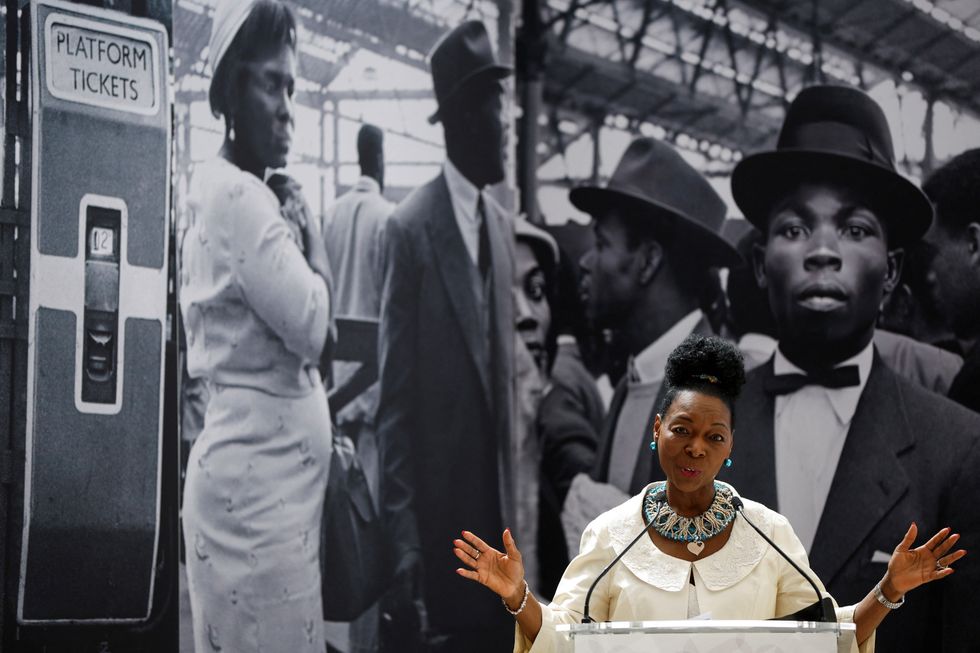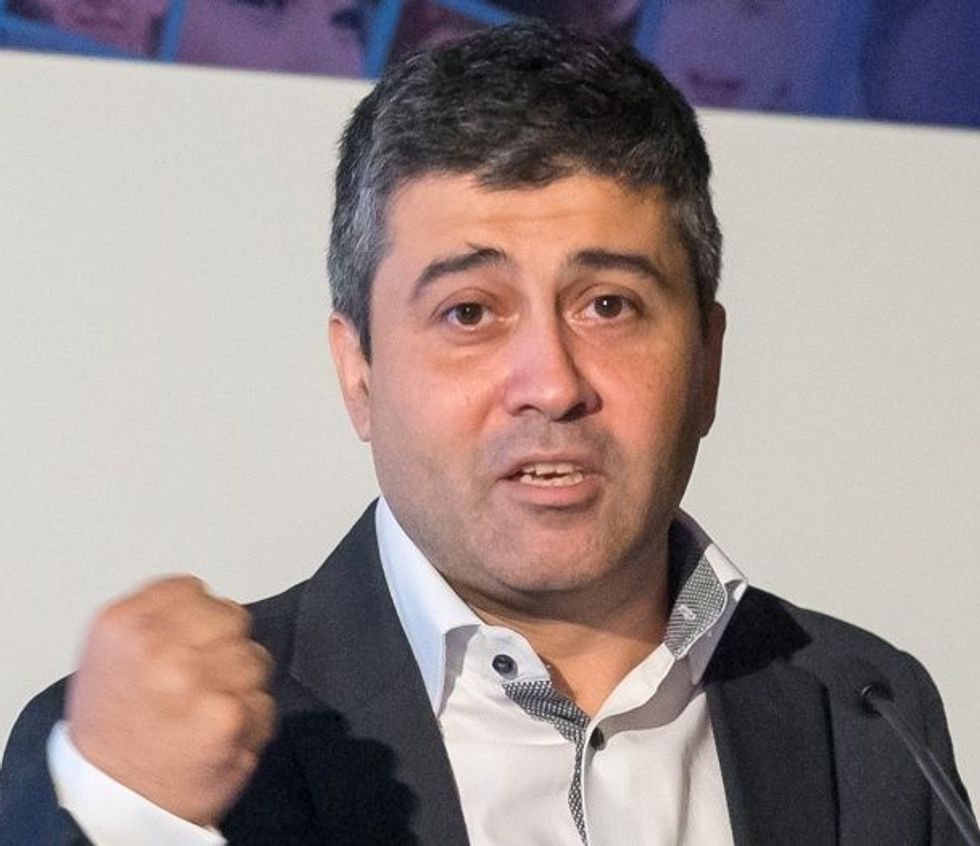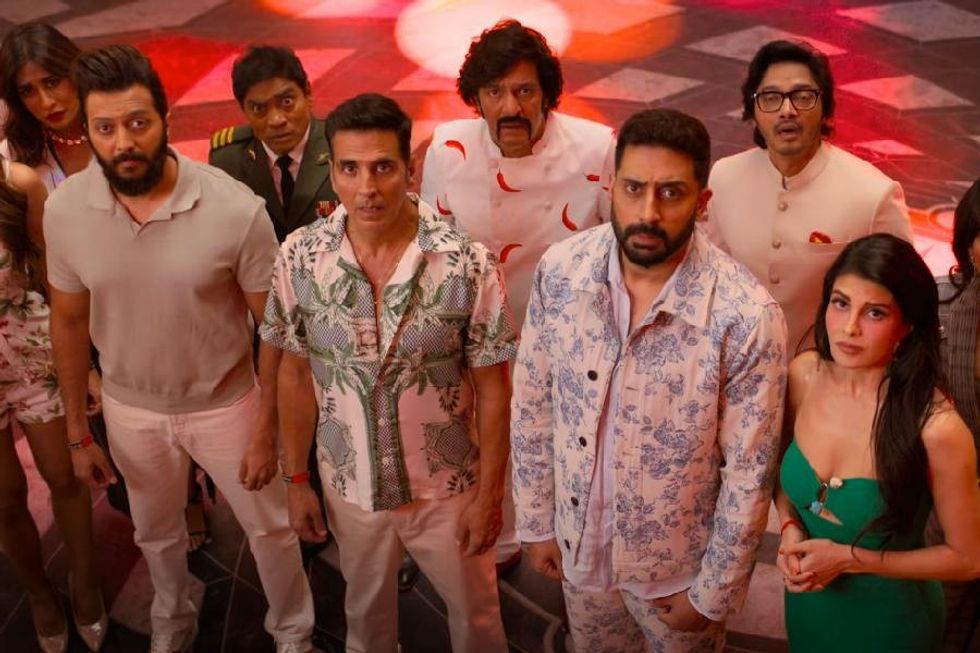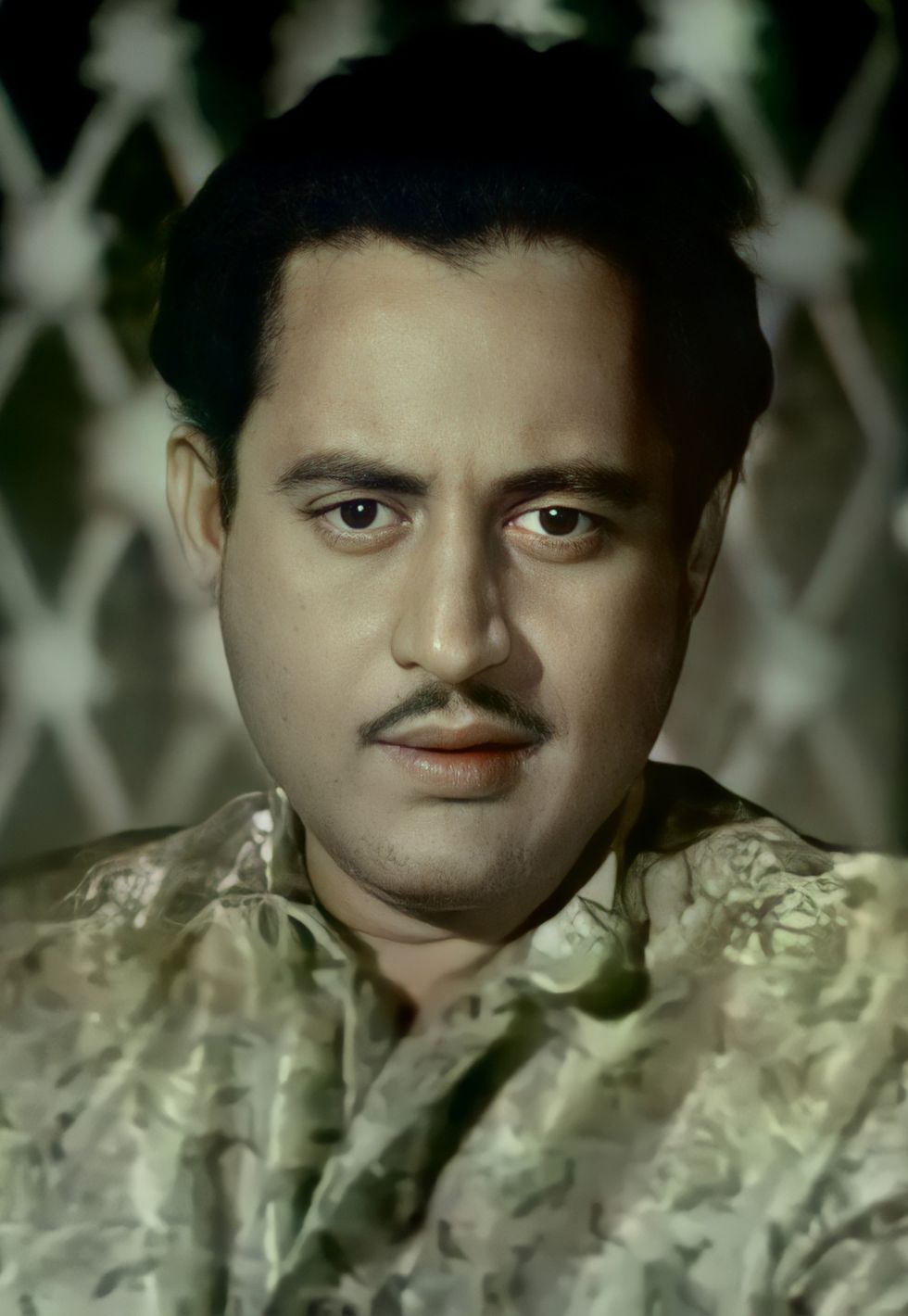By Amit Roy
THE Black Lives Matter (BLM) movement has earmarked more than 70 statues for removal, among them that of Thomas Guy.
Ironically, countless black people have benefited from his generosity in setting up Guy’s Hospital at London Bridge, where last week I noticed his statue in the building’s forecourt was boarded up prior to its possible removal.
Sir Thomas Guy (1644-1724) was a British bookseller, investor and MP, but is best remembered as the founder of Guy’s Hospital. He made his money from buying and selling shares in the South Sea Company, which was primarily a government-debt holding company, but which also held a monopoly on British trade to Spanish America. There was a period when the company was involved in the slave trade.
In 1704, Guy became a governor of St Thomas’ Hospital, in London. In 1721, having quintupled his fortune the previous year, he decided to found a new hospital “for incurables” and work began on what became Guy’s Hospital.
Guy died unmarried on December 27, 1724. Having already spent £19,000 on the hospital, his will endowed it with £219,499, the largest individual charitable donation of the early 18th century. His bronze statue, made by Peter Scheemakers between 1731 and 1734, shows Guy without a wig to reflect his lack of ostentation.
The Guy’s and St Thomas’ NHS Foundation Trust announced earlier this year that that it would work with London mayor Sadiq Khan, who has ordered a review of all controversial statues in the capital.
BLM protesters should perhaps recognise that whatever the sins committed by Guy, they have all been washed away by his subsequent actions.
The campaign to remove statues, because some people are “offended” by monuments they have walked past for years with even a second glance, is a diversion from more important tasks, such as improving education so that black people have better qualifications. That is the key that Indians, for example, have discovered.
Meanwhile, young people are being brainwashed. For example, 18-year-old Benjamin Clark will appear at Westminster magistrates’ court on October 9, charged with defacing Winston Churchill’s statue with the words, “is a racist”, during the recent Extinction Rebellion demonstrations in London.
This makes it all the more important for colonial history to be taught in schools so young people can understand why removing statues is not necessarily progress, nor does it change the past. Indians will say Churchill was racist, but he was also the wartime leader who saved the nation in which they have chosen to make their lives – and indeed where they now flourish.





 LONDON, ENGLAND - JUNE 22: Baroness Floella Benjamin speaks during the unveiling of the National Windrush Monument at Waterloo Station on June 22, 2022 in London, England. The photograph in the background is by Howard Grey. (Photo by John Sibley - WPA Pool/Getty Images)
LONDON, ENGLAND - JUNE 22: Baroness Floella Benjamin speaks during the unveiling of the National Windrush Monument at Waterloo Station on June 22, 2022 in London, England. The photograph in the background is by Howard Grey. (Photo by John Sibley - WPA Pool/Getty Images)









 Ed Sheeran and Arijit Singh
Ed Sheeran and Arijit Singh Aziz Ansari’s Hollywood comedy ‘Good Fortune’
Aziz Ansari’s Hollywood comedy ‘Good Fortune’ Punjabi cinema’s power-packed star cast returns in ‘Sarbala Ji’
Punjabi cinema’s power-packed star cast returns in ‘Sarbala Ji’ Mahira Khan
Mahira Khan ‘Housefull 5’ proves Bollywood is trolling its own audience
‘Housefull 5’ proves Bollywood is trolling its own audience Brilliant indie film ‘Chidiya’
Brilliant indie film ‘Chidiya’  John Abraham
John Abraham Hina Khan and her long-term partner Rocky Jaiswal
Hina Khan and her long-term partner Rocky Jaiswal  Shanaya Kapoor's troubled debut
Shanaya Kapoor's troubled debut Sana Yousuf
Sana Yousuf



 Shraddha Jain
Shraddha Jain Arundhati Roy
Arundhati Roy William Dalrymple and Onjali Q Rauf
William Dalrymple and Onjali Q Rauf Ravie Dubey and Sargun Mehta
Ravie Dubey and Sargun Mehta Money Back Guarantee
Money Back Guarantee Homebound
Homebound Guru Dutt in Chaudhvin Ka Chand
Guru Dutt in Chaudhvin Ka Chand Sarita Choudhury
Sarita Choudhury Detective Sherdi
Detective Sherdi